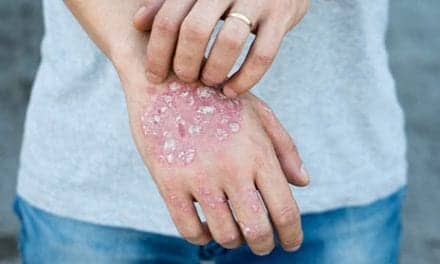Apply this ointment twice a day and Skype me in the morning?
This may not roll off of your tongue, but it may be the wave of the future: Live interactive teledermatology consultations work and they work well for patients and dermatologists alike, according to a report in the January issue of Archives of Dermatology.
Dermatologists are able to make changes in diagnosis and disease management during tele- consults, and these changes are associated with improved clinical outcomes.
Sonia Lamel, MD, and colleagues at University of California, Davis, School of Medicine, in Sacramento, conducted a retrospective analysis of medical records for 1,500 patients who were evaluated using live interactive teledermatology between 2003 and 2005. They compared diagnoses and treatment plans between the referring physician and the teledermatologist. Patients with two or more teledermatology visits within a one-year period were assessed for changes in clinical outcomes.
The 1,500 live interactive teledermatology consultations resulted in changes in the diagnoses of 69.9% of patients. The live interactive teledermatology visits also resulted in several changes in disease management including recommendation of initiation or discontinuation of a medication, change in either dosage or delivery of a medication, and the addition of laboratory tests or cultures.
Overall, there were changes in disease management in 97.7% of patient consultations, the study showed. And these changes improved the patient outcomes.
Specifically, patients with a change in diagnosis experienced a 1.97 increased odds of clinical improvement compared with patients whose diagnosis was unchanged. Also, each additional teledermatology follow-up visit was associated with 2.06 increased odds of experiencing improvement in clinical outcomes, the study showed.
“With advancements in videoconferencing technology, interactive mobile platforms, and connectivity speed, the practice of [live interactive] teledermatology will likely become more efficient and similar to in-person encounters in the near future,” the researchers conclude.
Source: Arch Dermatol. 2012;148[1]:61-65.



